Table of contents
1. Names of vegetables and their pronunciation
Learning the names of vegetables in English is essential for building a strong vocabulary, especially for beginners. It can be helpful in everyday conversations, cooking, or grocery shopping. Whether you’re studying English or simply want to expand your food vocabulary, familiarising yourself with the names of vegetables in English is a good start.

Leafy greens vegetables
Leafy greens are nutrient-dense vegetables characterised by their tender, edible leaves. They are often rich in vitamins A, C, and K, as well as folate and fiber. Common leafy greens include spinach, kale, lettuce, and Swiss chard. These vegetables are versatile, used in salads, soups, and stir-fries, and are known for their antioxidant properties, which help in promoting overall health and well-being. Leafy greens can be eaten raw or cooked, adding a fresh and nutritious element to meals.





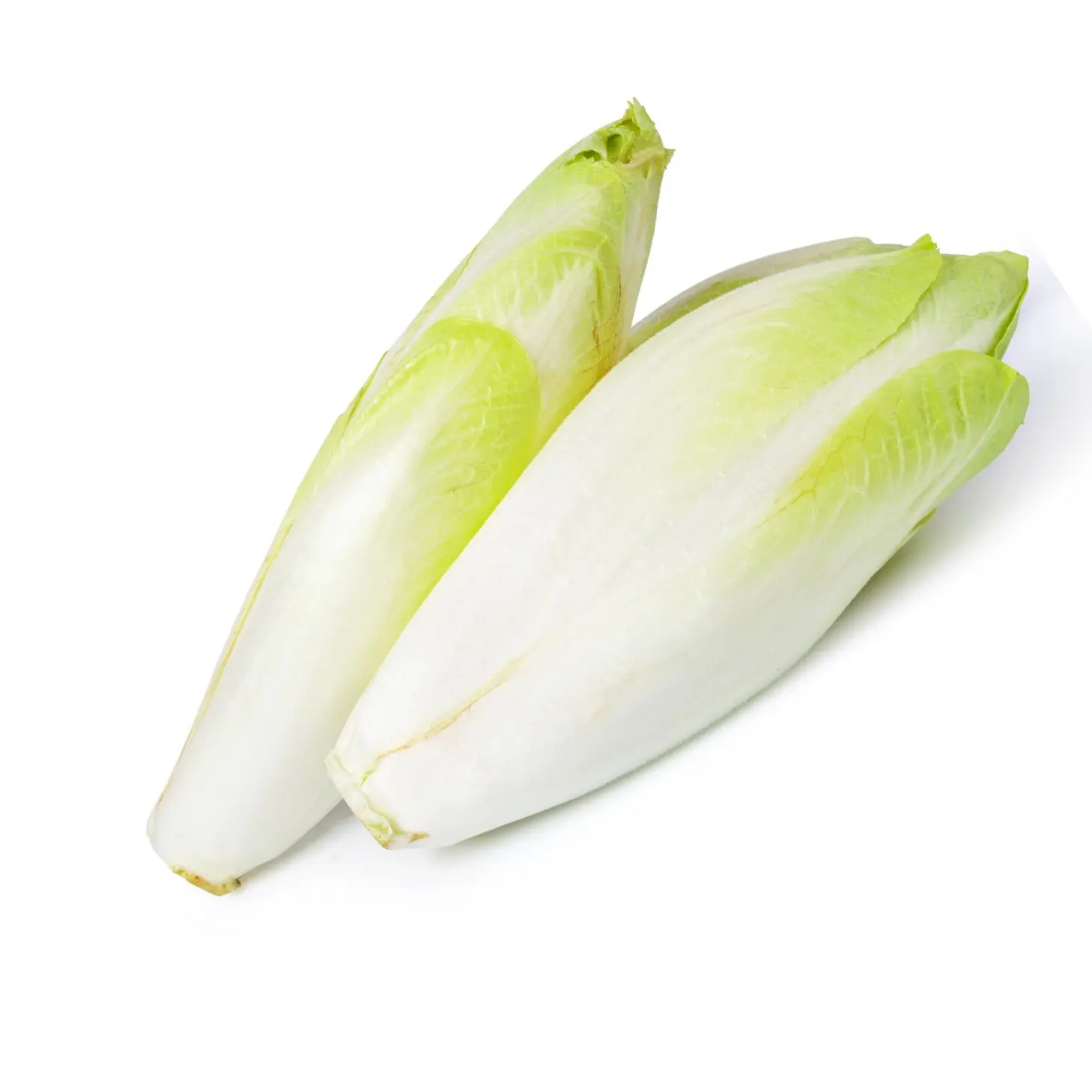
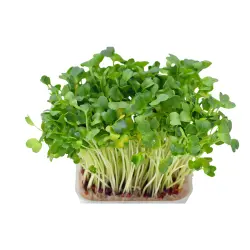
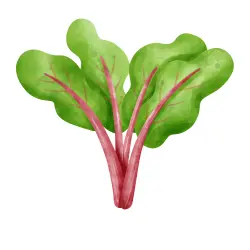









Root vegetables
Root vegetables are plants that grow underground and store nutrients in their edible roots. Examples include carrots, potatoes, beets, and sweet potatoes. These vegetables are a great source of complex carbohydrates, fiber, and essential vitamins like vitamin C and potassium. Root vegetables are commonly used in stews, roasts, and soups, adding earthy flavors and a hearty texture to dishes. Their ability to grow in various climates makes them a staple in diets worldwide.

















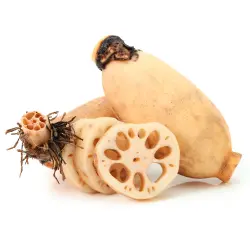
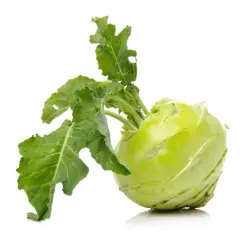


Fruiting vegetables
Fruiting vegetables are those that bear seeds and develop from the flowering part of the plant. Examples include tomatoes, bell peppers, cucumbers, and zucchini. These vegetables are often high in water content and provide a good source of vitamins A and C, as well as antioxidants like lycopene. Fruiting vegetables are highly versatile in cooking and can be used in raw dishes like salads, or cooked in sauces, soups, and grills, offering vibrant colors and flavors to meals.
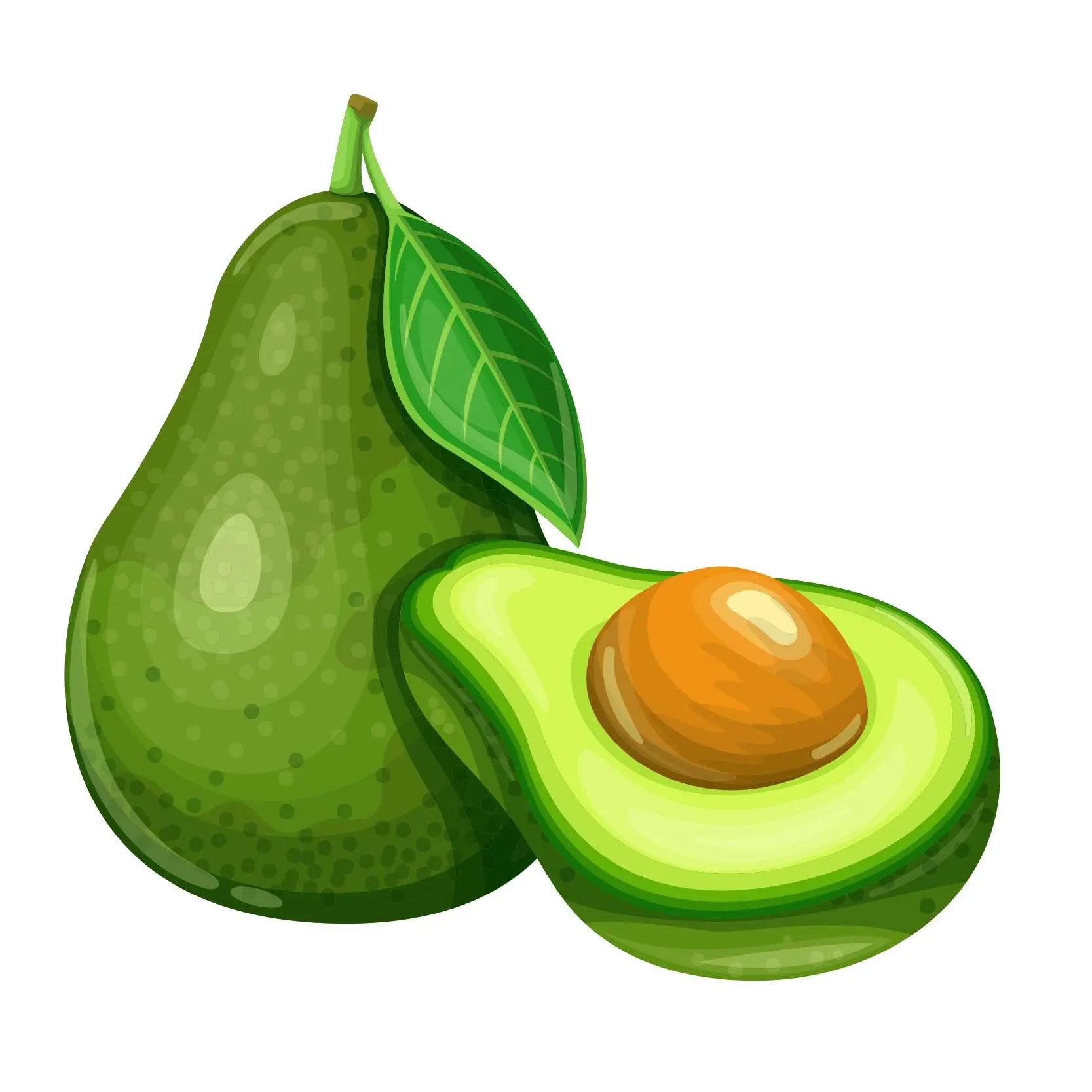














Cruciferous vegetables
Cruciferous vegetables belong to the Brassica family and are known for their dense nutrients and distinctive taste. This category includes broccoli, cauliflower, Brussels sprouts, and cabbage. These vegetables are packed with fiber, vitamins C and K, and cancer-fighting compounds like glucosinolates. Cruciferous vegetables can be eaten raw, steamed, or roasted, adding a rich, slightly bitter flavor to meals while contributing to digestive and heart health.



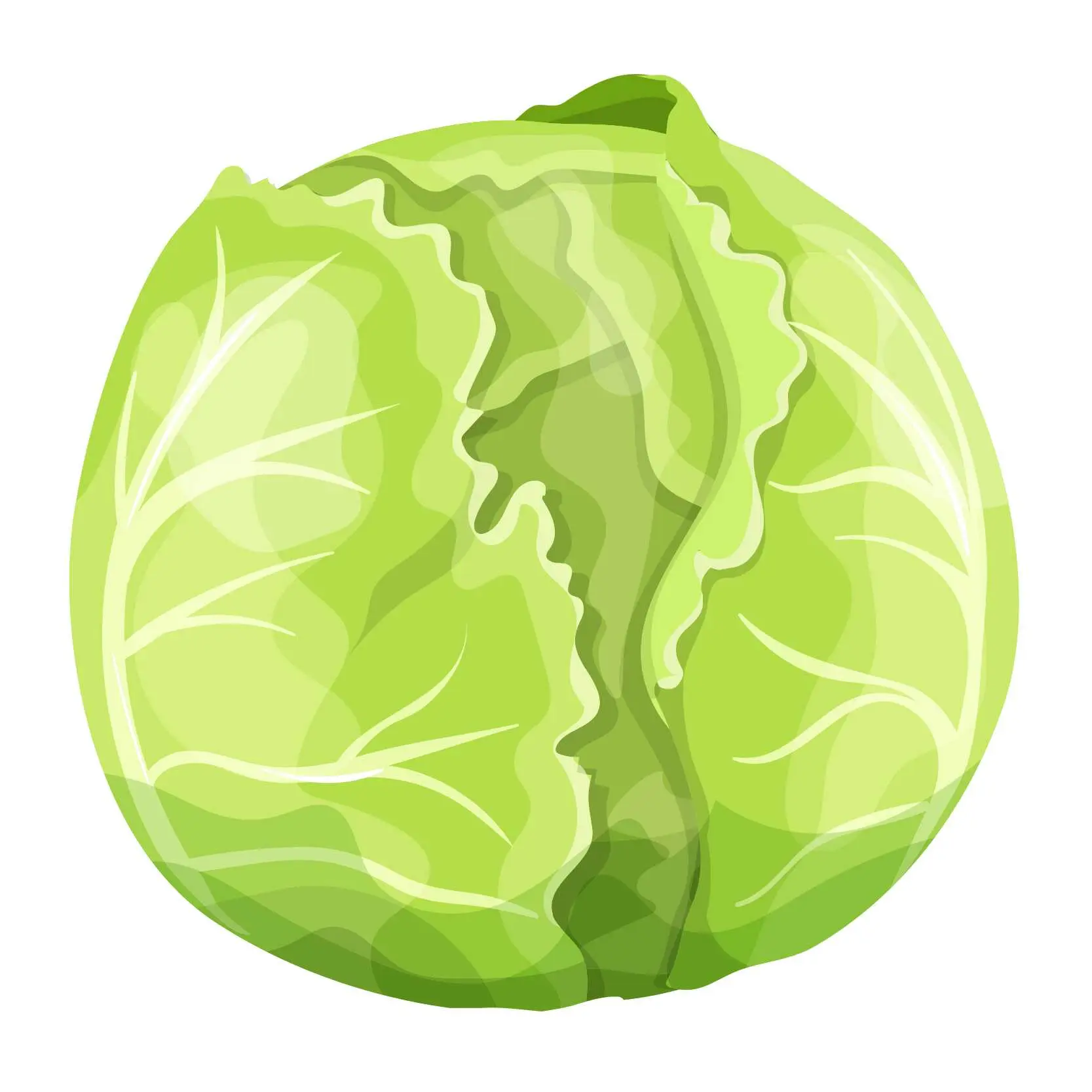










Legumes
Legumes are a group of plants that produce pods with seeds inside, commonly consumed for their high protein and fiber content. Some popular legumes include lentils, beans, peas, and chickpeas. They are an excellent plant-based protein source, making them essential in vegetarian and vegan diets. Legumes are used in various cuisines, from soups and stews to salads and spreads, offering a healthy alternative to meat and aiding in digestive health and blood sugar control.



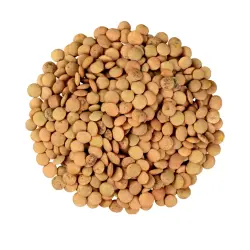

Alliums
Alliums are a family of vegetables known for their pungent flavors and sulfur compounds, which provide health benefits such as boosting immunity and improving heart health. Onions, garlic, leeks, and shallots are common members of the allium family. These vegetables are often used as a base in cooking for their ability to enhance the flavor of dishes. Alliums can be eaten raw or cooked, contributing to dishes like stir-fries, soups, and sauces.






Herbs
Herbs are aromatic plants used to flavor food, and they often possess medicinal properties. Common herbs include basil, rosemary, thyme, mint, and parsley. Herbs are used fresh or dried, adding subtle yet distinct flavors to dishes from all cuisines. They are also rich in antioxidants and essential oils, making them beneficial for digestion and overall health. Besides their culinary uses, herbs are often used in teas, health remedies, and natural skincare products.






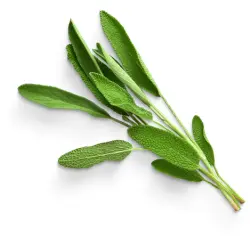



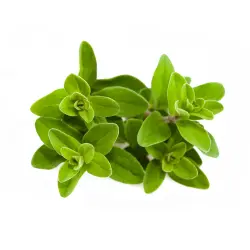

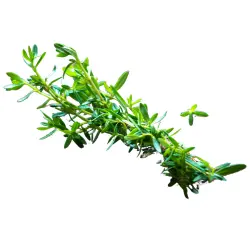
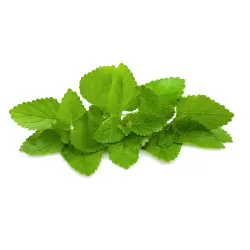




2. Useful vocabulary about vegetables
Vegetables are plants or parts of plants that people eat as food. Vegetables come in various shapes, colours, and sizes. They play a crucial role in a balanced diet. Vegetables are usually consumed for their nutritional value and can be eaten raw or cooked. They provide essential nutrients like vitamins, minerals, fibre, and antioxidants that our bodies need to function properly. Regular consumption of vegetables can help reduce the risk of certain diseases, including heart disease, high blood pressure, and some cancers. If you want to lose weight, eat a lot of vegetables. They are typically low in calories and fat. Below is a list of common vocabulary about vegetables in English.
| Term | Definition |
|---|---|
| Vegetarian | A person who does not eat meat or fish, and sometimes other animal products, especially for moral, religious, or health reasons. |
| Vegan | A person who does not eat or use any animal products, such as eggs, cheese, dairy products, etc. |
| Herbivore | An animal that feeds on plants. |
| Organic food | Food, including vegetables, grown without the use of synthetic pesticides, chemical fertilisers, genetically modified organisms, or other artificial agents. |

